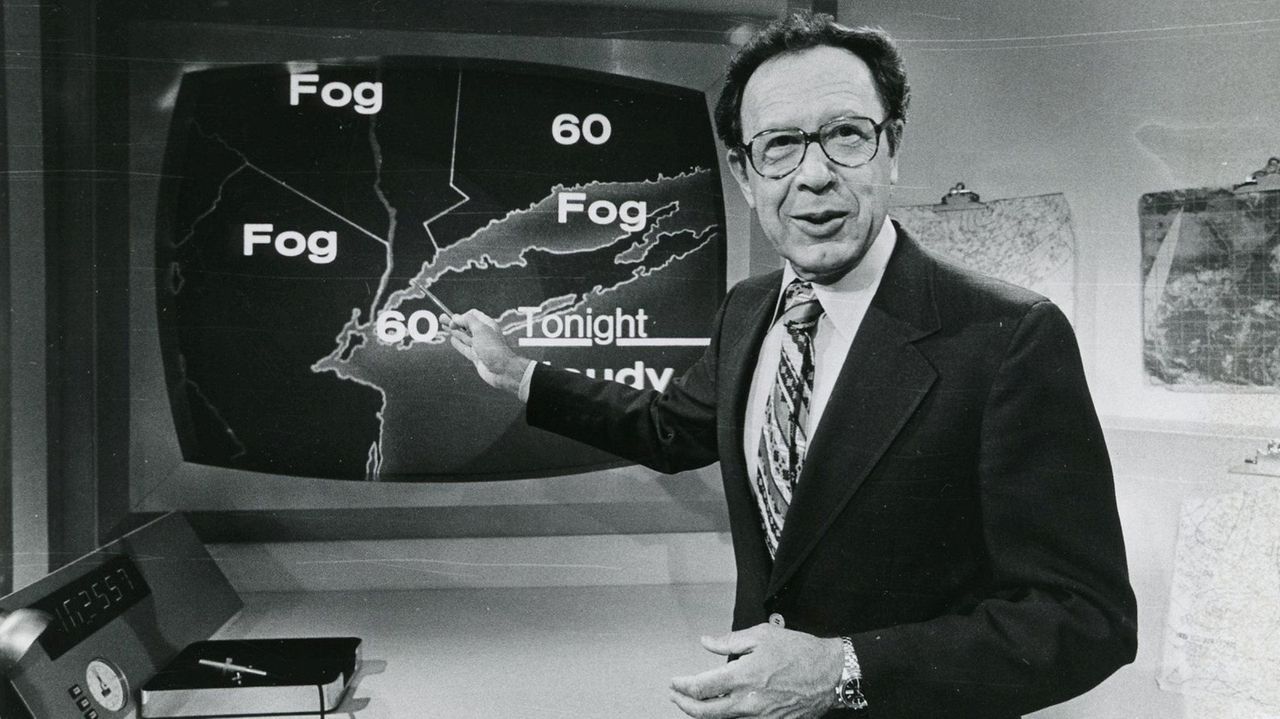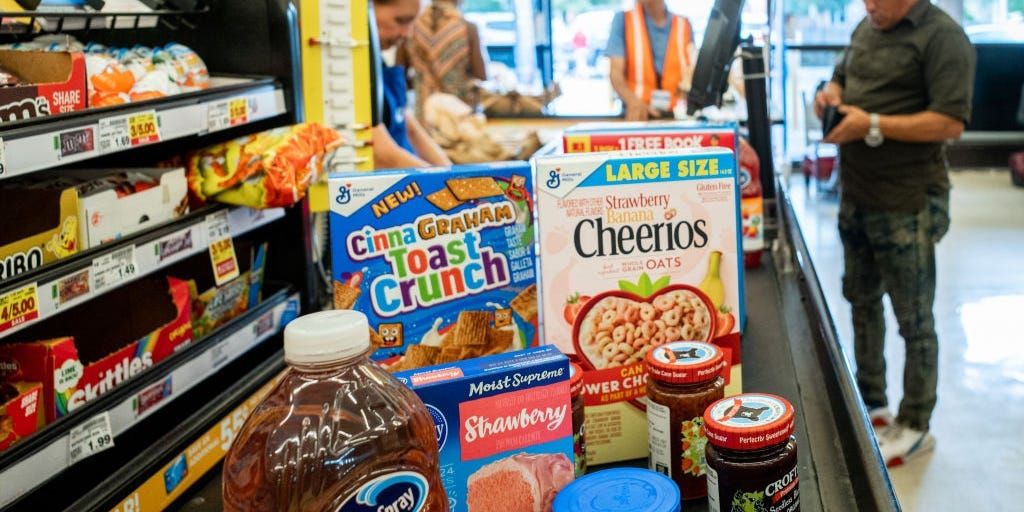Frank Field, legendary WNBC meteorologist, dies at 100
Franklyn Field — better known to generations of New York TV viewers as "Dr. Frank Field" — has died, WNBC/4 announced late Saturday.
The longtime resident of Bellmore and Massapequa was 100 and had been living in Boca Raton, Florida, near his son, Storm, the other member of local TV's most famous weather forecasting family.
With the bearing of a professor and air of an enthusiast, Dr. Frank — as he was also known — came to personify TV's idea of what a meteorologist could be and, importantly, should be.
A meteorologist with the U.S. Army Air Forces during World War II, and after the war with the Weather Bureau in New York, Field brought a depth of expertise to a role that scarcely existed in early TV.
During the '50s, anchors and so-called "weather girls" dashed off a few lines about an approaching front or impending blizzard. Only after Field joined WNBC (the call letters were then WRCA) in 1958, would weather become a core part of any local news broadcasts, and in time, among the most popular parts too.
Sign up for the NewsdayTV newsletter From breaking news to special features and documentaries, the NewsdayTV team is covering the issues that matter to you. By clicking Sign up, you agree to our privacy policy.
Field built a national profile during the 1960s when he became a semiregular presence on "The Tonight Show Starring Johnny Carson," which originated out of Studio 6B at 30 Rockefeller Center, not far from the Channel 4 newsroom.
In an early instance of TV cross-promotion, Carson occasionally had Field on the show after the 11 p.m. broadcast, usually to poke fun at the exacting newsman or his latest exacting forecast. Carson liked Field so much that he offered (and Field accepted — initially to the chagrin of his NBC bosses) the job of sidekick whenever Ed McMahon was away.
Frank Field and his son Storm Field pose for Newsday in Boca Raton, Florida, on Dec. 12, 2019. Credit: Newsday/Jim Rassol
But it was as a health and science reporter — another pioneering role for local TV — where Field's impact was perhaps most far-reaching. After he demonstrated the Heimlich maneuver, or abdominal thrusts, on Dr. Henry J. Heimlich on the air in the early '70s, Field became TV's most prominent booster of the technique. This was groundbreaking at the time because the medical establishment believed there were other ways to relieve airway obstruction.
Speaking with Newsday in 2019, Field recalled that Heimlich had reached out to him, saying, "'I've got a way of saving people before they choke to death' [and] I asked if his research had been published — I wanted documentation that it had been accepted [by a medical journal] because everyone was coming up with a cure for cancer in those days."
After the on-air demonstration, "someone in Brooklyn who said he had used it to save his brother, and wanted to send a check to Dr. Heimlich for $10,000 and needed his address. From then on, we started getting more mail."
In the early '60s, Field launched the series "Project Research," which ran for years, or over 500 half-hours, covering a vast range of research on heart transplants, pacemakers, mechanical hearts, new procedures in cataract surgery — Field was a doctor of optometry — and early studies on Alzheimer's. As with the Heimlich, Field became a crusader for dialysis for children.
Anchor Chuck Scarborough — who joined Ch. 4 in 1974 — on Sunday called Field a "great critic who did not confine himself to matters of weather and science. He would happily give you feedback, positive or negative, and he was not shy about sharing his thoughts about whatever we were doing as a news organization.
"He was a perfectionist, and his opinions mattered," Scarborough added. "He worked very hard to make sure he was precise in everything, whether forecasting or science reporting. He was meticulous to make sure it was spot on, and he would share that passion for precision with the rest of us."
In an interview with Newsday a couple of years ago, Field's son, Storm, said, "There were so many firsts that have to do with his career — the first meteorologist in New York, the first to use radar on the air. He did the space shots. I could go on and on but to me he is that baseboard, the bar that you look at when you're measuring yourself against someone in the business."
Field grew up in Brownsville, Brooklyn, enlisting in the Army Air Force in his senior year in Brooklyn College. Before he was sent overseas, he met his future wife in the PX at Mitchel Field in Garden City, where he told Newsday that "I saw this beautiful, blue-eyed, dark-haired woman behind the counter, and bought a Hershey bar for 10 cents, then asked, 'What's your name? …"
After the war, they returned to Long Island, raising three children in Bellmore and Massapequa; Joan, his wife of 75 years, also died recently.
Field — who retired in 2004 — left Ch. 4 in 1984 for WCBS/2, where he remained for over a decade. That was followed by stints at WNYW/5 and WOR/9. At Ch. 2 and Ch. 9, forecasting became a family affair when he appeared (briefly) with Storm (born Elliott), who spent most of his career at WABC/7. His daughter, Allison, also worked as a weather forecaster at Ch.2.
They survive him, along with another daughter, Pamela Field, seven grandchildren, and six great-grandchildren.
Source: Newsday


